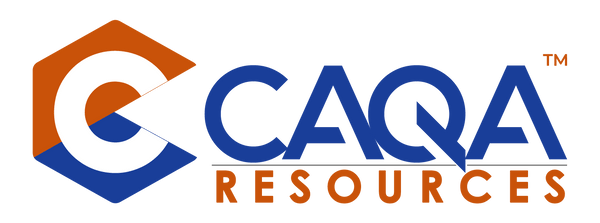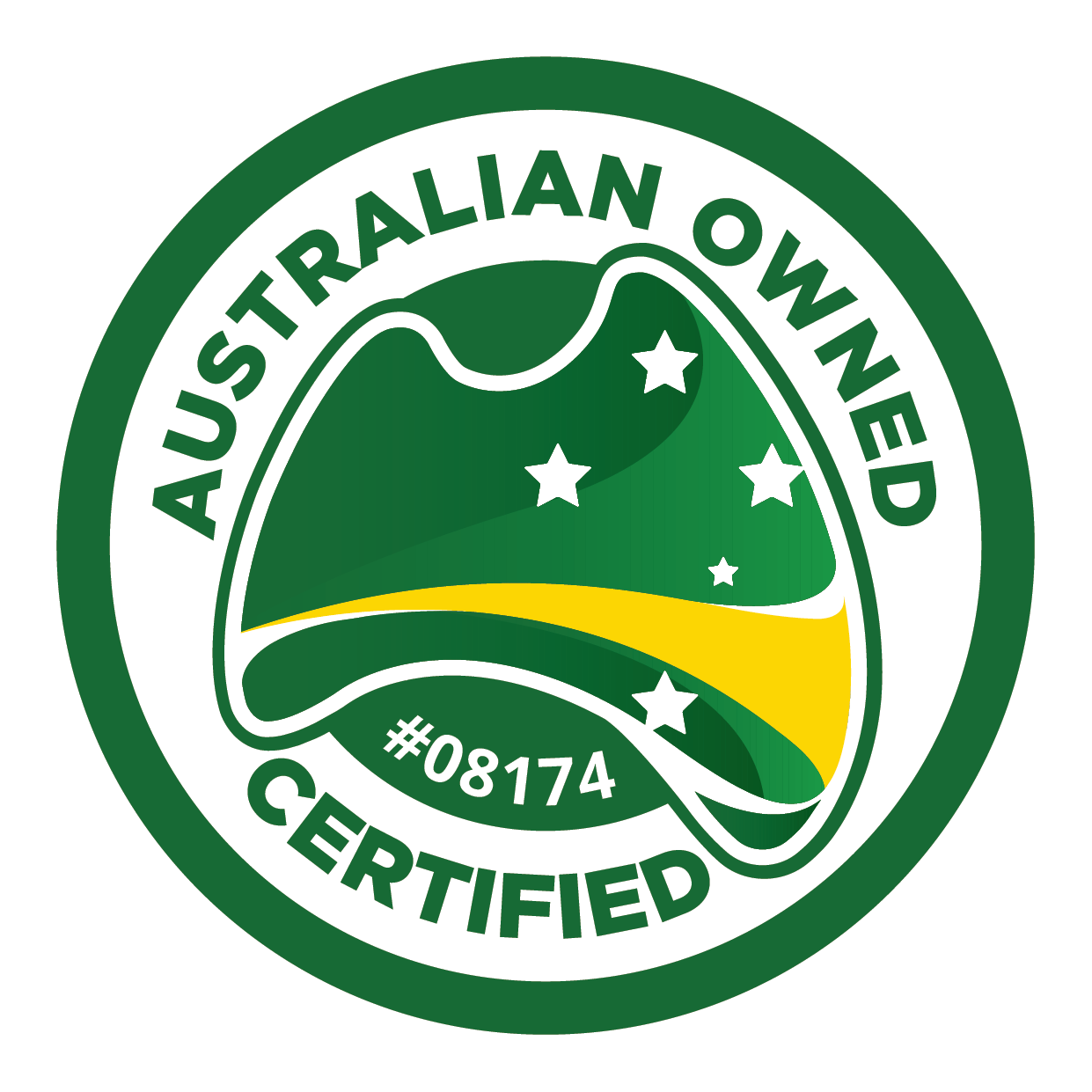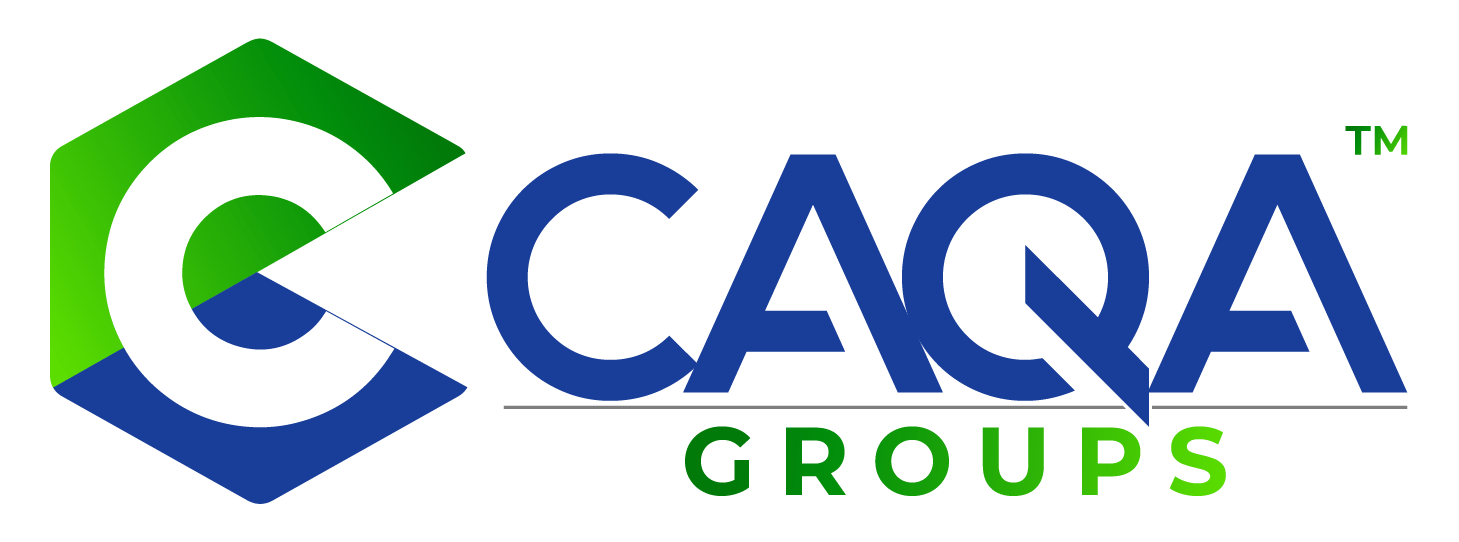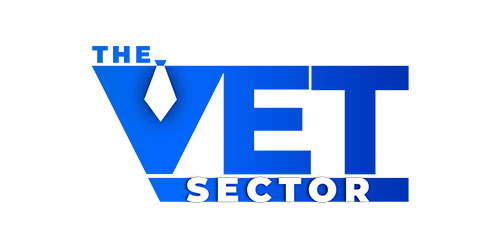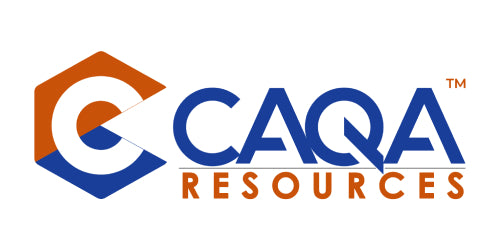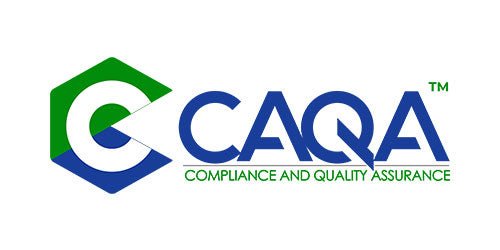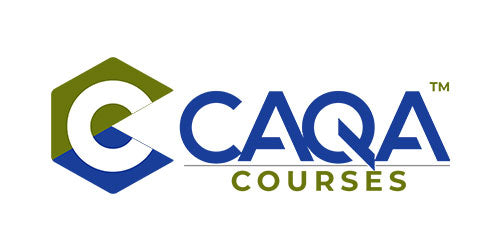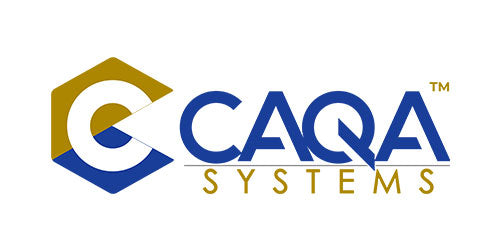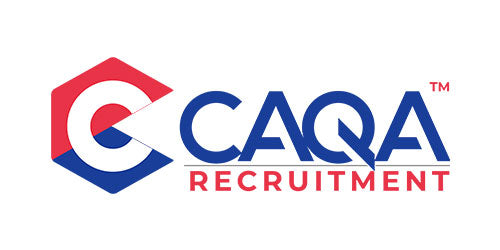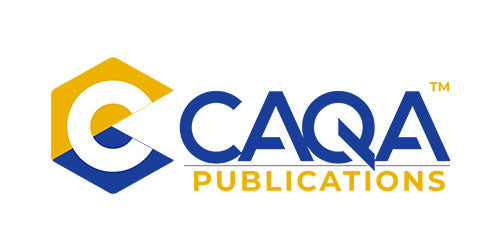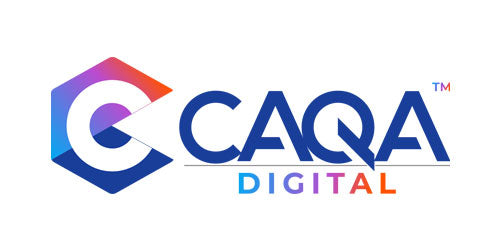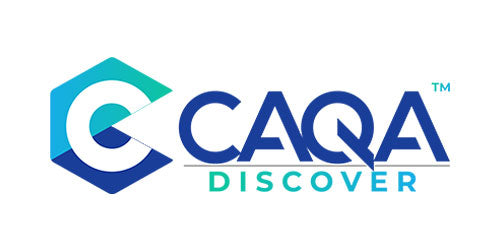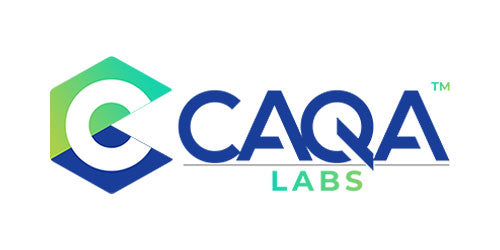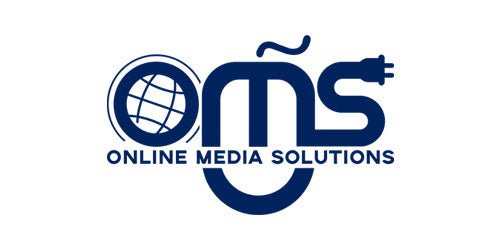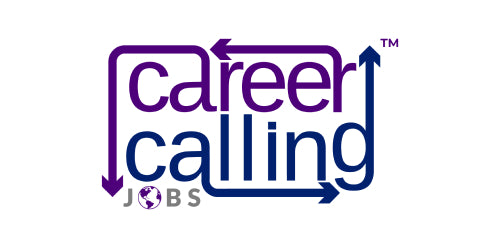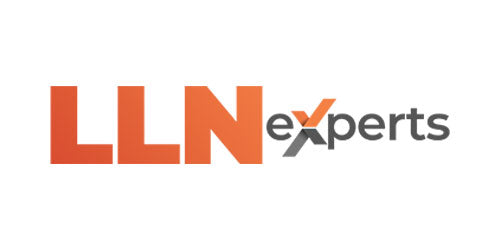Registered Training Organisations (RTOs) play a pivotal role in Australia's education landscape, offering vocational education and training that equips students with necessary skills for their professional growth. However, with this role comes the responsibility of ensuring accurate and comprehensive data reporting to comply with the Australian Vocational Education and Training Management Information Statistical Standard (AVETMISS). This guide outlines the essentials of RTO reporting, emphasising the importance of precision and completeness in the reporting process to mitigate non-compliance risks.
As an RTO, adhering to the trio of key data collections annually is paramount to maintaining your registration and ensuring compliance with the National VET Data Policy. This involves:
Submission of AVETMISS Data for Total VET Activity (TVA): This is a compulsory annual submission, regardless of whether training was conducted. The specifics of where and how to report can vary based on any received funding. The NCVER’s Client Support team is a valuable resource for assistance with AVETMISS data submissions.
Annual Declaration of Compliance: This declaration is a yearly requirement that must be submitted to your VET Regulator. Your regulator is the point of contact for any inquiries or further clarification.
Learner Engagement and Employer Satisfaction Quality Indicator Data: This data submission is also an annual requirement for the relevant VET Regulator. Queries related to this submission should also be directed to your regulator.
Understanding RTO Reporting Obligations
At the core of RTO reporting is the AVETMISS, a nationwide data standard that facilitates consistent reporting across the vocational education and training sector. The goal is to capture a holistic view of VET activities nationwide, informing policy development and educational planning. For RTOs, adherence to these standards is not optional; it's a critical component of their operational compliance.
Understanding AVETMISS
AVETMISS stands for the Australian Vocational Education and Training Management Information Statistical Standard. All RTOs must collect and report 'Total VET Activity' data in alignment with the AVETMISS under the National VET Data Policy. This encompasses data collection for all students, irrespective of their funding sources, ensuring a comprehensive capture of vocational education activities across Australia.
For RTOs engaged with State Training Authorities (STAs) under specific contracts, the AVETMISS data for students receiving state funding must be reported to the contributing STA. Conversely, fee-for-service activity, or training not funded by the state, is generally reported directly to NCVER. However, some STAs may accept reports of fee-for-service activities if a funding contract exists. RTOs with funding contracts must verify reporting arrangements with their respective STAs.
Reporting Frequency and Methods
The frequency of AVETMISS data reporting is contingent upon your RTO's funding status. Funded RTOs should consult with their STA to determine their reporting schedule. RTOs without funding must report their fee-for-service activities to NCVER at least annually, though quarterly submissions are encouraged. Quarterly reporting facilitates the early correction of validation errors and timely updates of student training records on their USI transcripts.
To accurately report against the AVETMISS standard, RTOs must utilise a student management system (SMS) and register for the AVETMISS Validation Software (AVS). AVS is a tool for validating data from your SMS, enabling direct submission of fee-for-service activities to NCVER and, in some cases, reporting funded activities to STAs. It's worth noting that some states have bespoke validation software, so RTOs receiving funding should verify software requirements with their STA.
RTOs must still submit a nil return to NCVER using AVS during the annual collection window in January/February, even in years devoid of training activity. This ensures compliance and maintains the integrity of national vocational education and training data.
Key Reporting Elements for RTOs
RTOs capture a broad spectrum of data, from student demographics to educational outcomes. This includes:
- Students ' personal information includes names, birth dates, and contact details.
- Academic history, highlighting previous qualifications or completed competency units.
- Course specifics such as codes, titles, and levels of study.
- Information on units of competency, including codes and names.
- Mode of delivery details, indicating whether training is in-person or online.
- RTO identifiers like RTO codes and contact information.
Beyond these fundamentals, RTOs must also report on student outcomes, including course completions and employment success, and specifics related to training international students.
Tips for Effective Data Collection and Reporting
To streamline the reporting process and ensure accuracy, RTOs should:
- Utilise standard enrolment questionnaires for consistent data collection.
- Keep abreast of updates to training packages to accurately report current and superseded training.
- Maintain detailed records of student addresses and personal details.
- Report on Recognition of Prior Learning (RPL) and credit transfers diligently.
- Ensure the Unique Student Identifier (USI) is recorded for all students.
Understanding the AVETMISS reporting framework encompasses data validation techniques, privacy considerations, and security protocols. Fact sheets and guides, such as the AVS User Guide, offer valuable insights into the reporting process, detailing when, where, and how to submit AVETMISS data and the importance of quarterly reporting.
RTO Reporting Requirements: A Closer Look
Comprehensive reporting extends beyond just meeting statutory obligations. It's about contributing to a transparent, accountable, and high-quality vocational education and training system. This involves not just reporting the right information but doing so in a manner that ensures data integrity and security. Privacy considerations are paramount, with RTOs required to safeguard student information throughout the reporting cycle.
Preparing the Data
Accurate data preparation is vital. RTOs should ensure that their student management systems (e.g., eSkilled, aXcelerate, Vettrak, Wisenet, Jobready) are set up to capture all necessary AVETMISS data elements throughout the year accurately. The organisations may also use free AVETMISS Data Entry Tool and AVETMISS Validation Software (AVS) tools.
Client Enrollment and Data Collection
To commence the AVETMISS reporting process, RTOs must gather student enrollment data. This information is crucial for inputting into an AVETMISS-compliant Student Management System (SMS). For assistance, NCVER provides a sample enrollment form featuring standard enrollment questions, accessible via their portal.
Unique Student Identifier (USI)
The USI plays a pivotal role in the national reporting of recognised training. RTOs must collect and verify students' USIs, barring exemptions. Early collection of the USI during enrollment is advisable to circumvent any subsequent verification or validation complications.
Verification of USIs can be achieved using myGovID and the Relationship Authorisation Manager (RAM), or manually through the USI Office. Should any issues arise with invalid USI numbers, RTOs should seek clarification directly from the student or the USI Office.
Data Validation Process
After the training data has been recorded in the SMS, it's time for validation. This involves exporting the data in NAT file format, as specified in the AVETMISS VET Provider Collection specifications: release 8.0. The validation is conducted via NCVER's AVETMISS Validation Software (AVS), ensuring compliance with AVETMISS standards.
Any validation errors must be rectified within the SMS until the data is devoid of errors. Validation can and should be performed periodically throughout the year, aiding in the minimisation of issues before the annual National VET Provider Collection submission.
Submitting Your Data
Once data validation is successfully completed without errors, the next step is submission. For fee-for-service training activities, data submission is carried out through AVS. Conversely, government-funded training activities necessitate submission through the respective state training authority, with collection dates varying from NCVER's. RTOS need to verify these deadlines if they receive government funding.
For fee-for-service training activity reporting, RTOs can submit their AVETMISS data to the annual National VET Provider Collection via AVS, typically open from January to February following the collection period. RTOs are encouraged to subscribe to NCVER's Data Support Bulletin for updates on AVETMISS reporting, including changes to validation rules and submission dates. Additionally, data submission quarterly is optional but beneficial for timely data correction and updating.
Tools and Software for Reporting
Understanding the technical aspects of data reporting, NCVER has established an AVETMISS Compliant Software Register. This resource lists various student management systems and data-entry tools recognised for compliance with AVETMISS standards, assisting RTOs in selecting appropriate software solutions for their reporting needs.
NCVER offers a free AVETMISS Data Entry Tool for smaller providers or those in transition. This tool enables the creation of AVETMISS-compliant data files for validation and reporting. However, it's intended as a supplementary solution rather than a full replacement for a comprehensive student management system. You must follow AVETMISS Data Entry Tool Guide to understand the step-by-step processes to be followed https://www.ncver.edu.au/rto-hub/data-entry-tool
AVETMISS Validation Software (AVS)
The AVETMISS Validation Software (AVS) is a web-based tool that plays a pivotal role in the reporting process, enabling RTOs to validate and report their data to NCVER. The necessity to use AVS and the extent of its use may vary depending on the specific reporting arrangements within an RTO's jurisdiction. Support materials and tutorials on how to effectively utilise AVS for data upload, validation, and reporting are also available to ensure RTOs can navigate the process smoothly.
It's important to note that NCVER does not receive funded data directly from RTOs. Therefore, any data already reported to a state training authority must be excluded from submissions to NCVER.
Available Support
The National Centre for Vocational Education Research (NCVER) serves as the steward of the national vocational education and training (VET) administrative collections and surveys, acting on behalf of state, territory, and Commonwealth governments. It plays a critical role in ensuring the collection, analysis, and dissemination of VET data to inform policy and practice within Australia's education and training sector. NCVER offers a wealth of support materials and resources through its portal, including a dedicated RTO Hub designed to aid RTOs in navigating the AVETMISS reporting landscape. This comprehensive support structure ensures that RTOs have access to the necessary tools and information to fulfil their reporting obligations effectively. Resources such as fact sheets, FAQs, webinars, and user guides are readily accessible online to facilitate this process. For direct assistance, NCVER's client support team is available via phone at 1800 649 452 or 08 8230 8400, and by email at support@ncver.edu.au.
By adhering to these guidelines and utilising the available resources, RTOs can ensure their compliance with national data reporting requirements, contributing to the integrity and efficiency of Australia's vocational education and training sector.
Conclusion
For RTOs, mastering the intricacies of AVETMISS reporting is a non-negotiable aspect of their operation. While the process may seem daunting, understanding the requirements, coupled with meticulous data collection and validation practices, can simplify compliance. It's not merely about fulfilling a regulatory duty; accurate reporting underpins the quality and reliability of Australia's VET sector, informing strategic decisions and shaping the future of vocational education and training. By prioritising data integrity and compliance, RTOs can contribute positively to the education landscape, ensuring that their reporting not only meets but exceeds the required standards.
FAQs: AVETMISS for RTOs: A Guide to Compliance and Data Integrity
1.What is AVETMISS, and why is it important for RTOs?
AVETMISS stands for the Australian Vocational Education and Training Management Information Statistical Standard. It is a national data standard that ensures consistent reporting across the VET sector, helping to inform policy development and educational planning. For RTOs, compliance with AVETMISS is crucial for maintaining registration and upholding the quality and integrity of vocational education and training in Australia.
2.What are the key annual data collections RTOs must submit?
RTOs are required to submit three key data collections annually:
- AVETMISS Data for Total VET Activity (TVA): A mandatory submission that includes data on all students and training activities.
- Annual Declaration of Compliance: A declaration submitted to the VET Regulator affirming the RTO's compliance with regulatory requirements.
- Learner Engagement and Employer Satisfaction Quality Indicator Data: Data submitted to the relevant VET Regulator, reflecting on learner and employer feedback.
3. How does the funding status of an RTO affect AVETMISS reporting?
The funding status of an RTO determines the frequency and process of AVETMISS reporting. Funded RTOs may have specific reporting schedules and requirements set by their State Training Authority (STA), while unfunded RTOs are typically required to report their fee-for-service activities to NCVER at least annually. RTOs should consult with their STA or NCVER to understand their specific reporting obligations.
4.What tools and software are recommended for AVETMISS reporting?
RTOs should use a Student Management System (SMS) that is compliant with AVETMISS standards for data collection and reporting. Additionally, the AVETMISS Validation Software (AVS) is essential for validating data before submission. NCVER also provides a free AVETMISS Data Entry Tool for smaller providers or those seeking an alternative method for generating compliant data files.
5.What happens if an RTO fails to report AVETMISS data?
Failure to report AVETMISS data accurately and timely can lead to non-compliance issues, impacting an RTO's registration status and potentially leading to penalties. It is crucial for RTOs to adhere to the reporting deadlines and requirements to maintain their compliance with the National VET Data Policy.
6.Can RTOs submit data more frequently than annually?
Yes, RTOs are encouraged to submit data quarterly if possible. Quarterly reporting allows for early identification and correction of validation errors and ensures timely updates to student training records on their Unique Student Identifier (USI) transcripts.
7.How do RTOs validate their AVETMISS data?
RTOs must use the AVETMISS Validation Software (AVS) provided by NCVER to validate their data before submission. This software checks the data against AVETMISS compliance standards, helping to identify and correct any errors or inconsistencies.
8.What support is available for RTOs regarding AVETMISS reporting?
NCVER offers extensive support resources for RTOs, including fact sheets, FAQs, webinars, and user guides available through its RTO Hub. Additionally, NCVER's Client Support Team can be contacted for direct assistance via phone or email for any AVETMISS reporting queries or issues.
9.How do changes in training packages affect AVETMISS reporting?
When training packages are updated, RTOs must ensure their reporting reflects these changes. This may involve updating the codes and titles of qualifications, units of competency and ensuring that the reported data aligns with the current training package requirements. Regular monitoring of training package updates is essential for accurate AVETMISS reporting.
10.What is the significance of the Unique Student Identifier (USI) in AVETMISS reporting?
The USI is a mandatory field in AVETMISS reporting that enables the linkage of a student's training records across different providers and over time. It ensures that students have access to a complete record of their VET enrollments and achievements, making the USI critical for both compliance and the integrity of student data.


